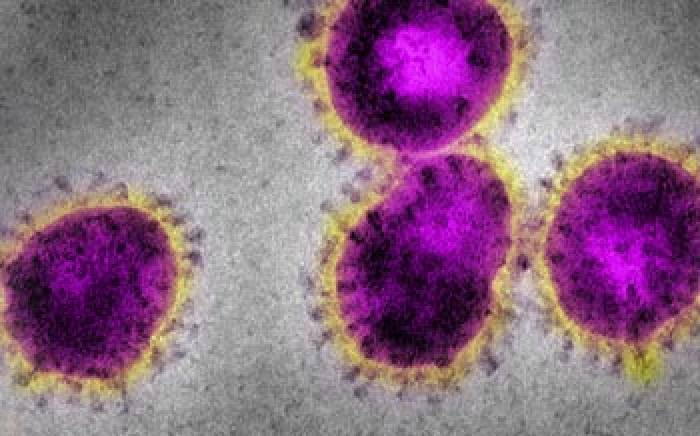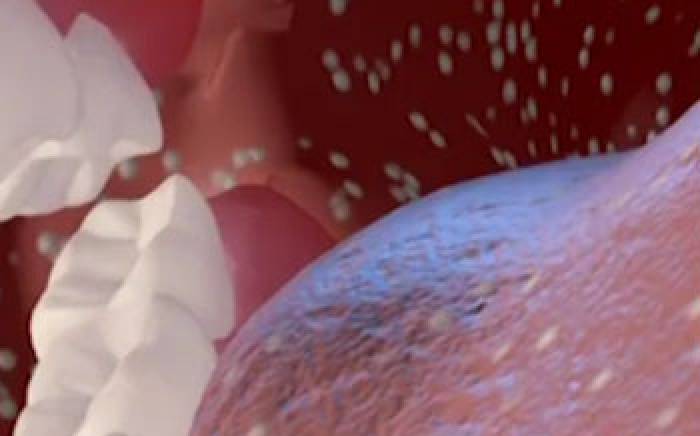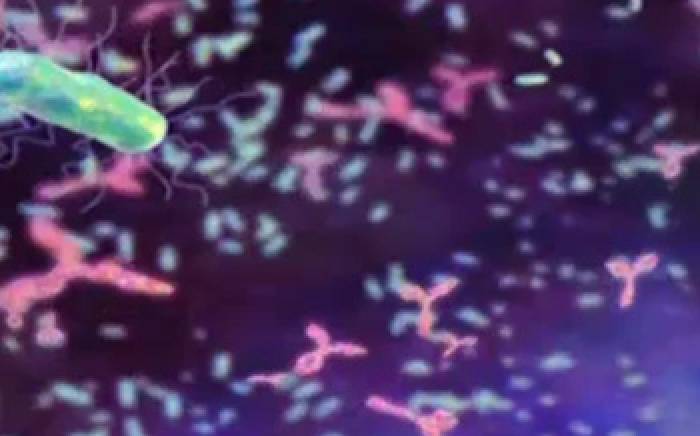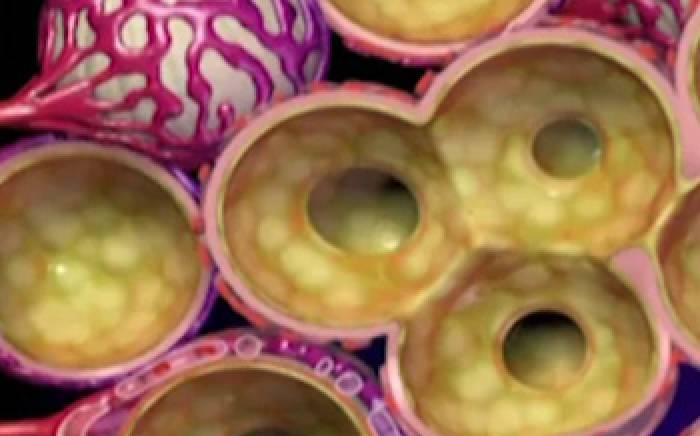Influenza, or the flu, is caused by one of several types of viruses that can spread quickly from person to person via airborne particles. If the particles are inhaled, they will travel down the trachea into smaller and smaller airways.
At this point, protein spikes on the surface of a virus may bind to other proteins on the cells that line the respiratory tract. The virus is then engulfed by the cell, which serves as a factory of sorts for viral replication.
The newly-formed viruses bud off the surface of the cell and spread throughout the respiratory system. The infected tissues become swollen and inflamed causing symptoms such as a cough, sore throat, and a runny or stuffy nose.
As the virus continues to spread into the blood stream and throughout the body further symptoms including fever, headache, muscle aches, and extreme fatigue develop. Fortunately, the body’s immune system comes into play to help fight off the foreign invaders.
In the blood stream, specific immune cells called B cells recognize the protein spikes on the viruses and begin to multiply. The army of cells then produce antibodies that bind to the protein spikes, tagging the virus for destruction. The viruses are then ingested and destroyed by cells that recognize the antibodies stuck on the viral surfaces, leaving the army of B cell clones ready to fight off the virus if it enters the body again.
Vaccines for the flu also use this pathway to protect you from the virus. The vaccine actually contains harmless pieces of the viruses that prepare the immune system for a viral invasion. However, the influenza virus notoriously mutates, or changes, such that the new virus is not recognized by the immune system and can infect even those who have been vaccinated.










